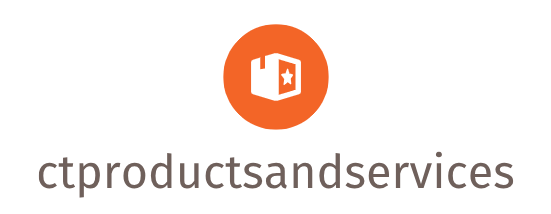
What is Master Data Management (MDM)?
Master Data Management (MDM) is the process of creating and maintaining a consistent, reliable, and high-quality single source of truth for a company’s core business data. This crucial data, often referred to as “master data,” includes information about customers, products, suppliers, employees, and locations. Instead of having this data scattered across various systems and departments, MDM consolidates it into a central repository, ensuring everyone works with the same, accurate information.
Why is MDM Important?
In today’s interconnected business world, inconsistent or inaccurate data can lead to significant problems. Imagine sending marketing materials to a customer with an outdated address, or ordering the wrong materials from a supplier due to incorrect product information. MDM helps prevent these issues by providing a single, reliable view of the master data, improving operational efficiency, reducing costs, and boosting overall business performance. Better data leads to better decisions.
Key Benefits of Implementing MDM
The advantages of a well-implemented MDM solution are numerous. These include improved data quality, leading to more accurate reporting and analytics. It also enhances operational efficiency by streamlining processes and reducing manual data entry. Furthermore, MDM boosts customer satisfaction through more personalized interactions and improved service. Finally, it strengthens compliance by ensuring adherence to regulatory requirements concerning data accuracy and consistency.
Understanding the Different Types of Master Data
Master data isn’t a one-size-fits-all concept. Different organizations manage different types of master data based on their specific business needs. Common categories include customer master data (demographics, purchase history, contact information), product master data (specifications, pricing, SKUs), supplier master data (contact details, performance metrics), and employee master data (personnel information, compensation details). Understanding which data is most critical for your business is the first step in effective MDM implementation.
Choosing the Right MDM Approach
There are various approaches to implementing MDM, each with its own strengths and weaknesses. Some organizations opt for a centralized MDM solution, where all master data is managed in a single, unified system. Others prefer a decentralized approach, where different departments manage their own data but with standardized processes and data governance policies to ensure consistency. The best approach depends on the size and complexity of the organization, as well as its existing IT infrastructure.
Key Components of a Successful MDM Implementation
Successfully implementing MDM requires careful planning and execution. Key components include a robust data governance framework to establish clear roles, responsibilities, and policies; high-quality data integration capabilities to consolidate data from various sources; data quality management tools to ensure accuracy and consistency; and comprehensive data security measures to protect sensitive information. Choosing the right technology platform is also crucial, selecting one that aligns with your business needs and scalability requirements.
Overcoming Common Challenges in MDM Implementation
Implementing MDM isn’t always smooth sailing. Organizations frequently face challenges such as data silos, lack of data quality, resistance to change from different departments, and the high cost of implementation. Overcoming these challenges requires strong leadership support, effective change management strategies, and a phased implementation approach that allows for iterative improvements. Proper training and ongoing support are essential for user adoption.
Measuring the Success of your MDM Implementation
Measuring the success of an MDM initiative is critical to demonstrating its value and ensuring ongoing improvement. Key metrics include improvements in data accuracy and consistency, reductions in data-related errors, streamlined business processes, increased operational efficiency, and improved customer satisfaction. Regular monitoring and reporting of these metrics help organizations track progress, identify areas for improvement, and demonstrate the return on investment of their MDM efforts.
The Future of Master Data Management
The future of MDM is likely to be shaped by emerging technologies such as artificial intelligence (AI), machine learning (ML), and cloud computing. AI and ML can automate many aspects of MDM, improving data quality, identifying inconsistencies, and streamlining data integration processes. Cloud-based MDM solutions offer increased scalability, flexibility, and cost-effectiveness. As businesses become increasingly data-driven, the role of MDM will become even more critical in driving business growth and competitiveness.



.jpg)



